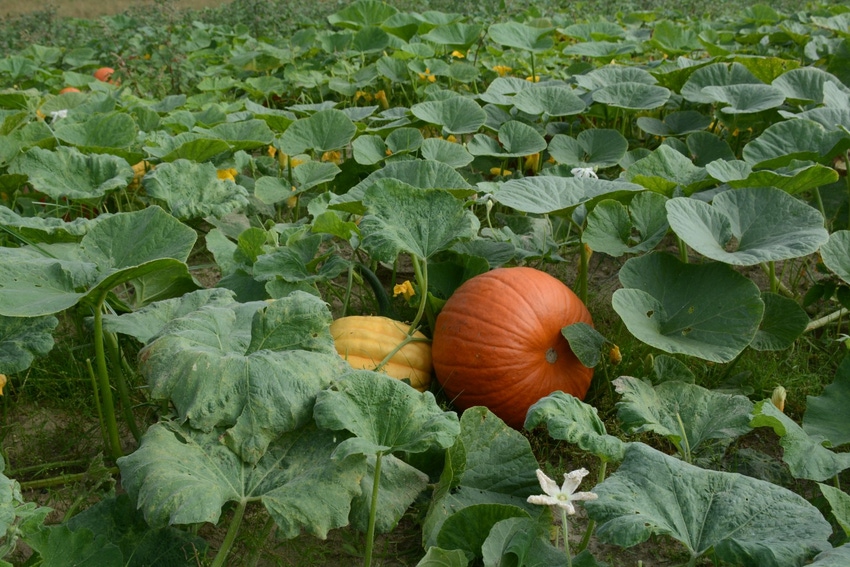
In many ways, biologicals are seen as the wunderkind of 21st century agriculture: They are viewed as cutting edge, friendlier to the environment than chemical crop protection products and great for both organic and conventional crop producers.
All of the major crop protection companies now have biologicals in their portfolio of products, and there are also many new startup companies in the field. But biologicals are still a new technology and the market is experiencing growing pains.
In a May 14 virtual forum sponsored by the North Carolina Biotechnology Center, executives from four different companies working in the biologicals field addressed the opportunities and challenges facing the biologicals market. Some of their key takeaways included:
• Don’t over-promise and under-deliver on efficacy;
• The organics market is not big enough to focus on to make a profit in biologicals. Companies will need to focus on both the conventional and organic markets;
• For a biological product to be successful, it must be efficacy-based. It must offer a return on a farmer’s investment.
Tom Snipes, chief executive officer of PlantResponse, emphasized there is still some confusion surrounding biologicals in the marketplace. He said it is critical for companies to educate distributors, retailers and farmers on the right fit for biologicals.
“One of the things that is a positive in this whole industry right now is you are starting to see a little bit of a shift in grower sentiment. You’re starting to see a better fit for biologicals, whether it be for bio control or biostimulants.” Snipes said.
“For the most part, people are getting away from the generic claims. They are getting into more of the specific technology,” he added. “While we are going to see biologicals be more successful and this whole class being more successful, it’s probably going to be a little bit more because companies are more sophisticated in their approach and their messaging to the grower. They’re taking more of a higher science approach. I think you’re going to see different attitudes and perceptions.”
Dan Tomsco, chief science officer with AgBiome, agreed with Snipes and said there is still confusion in the marketplace surrounding biologicals.
“When you start to include everything from biocontrol, to biostimulants to general health and yield improvement to inoculants into a single label, confusion is inevitable,” Tomsco said.
“What we’re seeing certainly on the AgBiome side is people falling back to using familiar labels and saying a fungicide is a fungicide or an insecticide is an insecticide and then comma, it’s a biological origin or a chemical origin or some other origin. The grower is thinking about solutions and not so much about the providence of every product that goes on there.”
A big driver in the biologicals market is consumer demand. Natalie Hummel, U.S. development director for ADAMA USA, emphasized that consumers are becoming more engaged in how foods are produced, sometimes from an educated standpoint and sometimes not from such a well-educated standpoint.
“There are perceptions out there on the way foods are grown. Apple packers, for instance, are given additional restrictions, even on top of the current regulatory environment, about what they will allow people to put on the crop in order to actually sell it to them and then distribute it into the food supply chain.
“I see that as one of the drivers in biologicals because there is more interest in additional layers of even just self-imposed regulations and that perspective is being perceived as driven by consumers,” Hummel said.
Snipes said it is critical that companies not over promise and under deliver on efficacy. For a product to be successful, it must be efficacy-based. He said it is rare for a biological product to work in all places and all situations.
“You’re going to get a higher degree of credibility with the grower or with your retail and distribution partners if you can really go in and intelligently talk about your product and what the technology does, but also being honest with yourself in what it does not do,” Snipes emphasized.
Andy Renz, vice-president of business development for Vestaron Corp., emphasized that organics are a key market for biological crop protection tools, but organics are still a small market, representing less than 20 percent of the retail market.
“If you look at the biologicals market itself compared to the synthetics, the organic market is not big. A company that wants to target the organic market will in the end economically fail. What really counts is the safety and sustainability for the environment for the consumer. That’s what really counts on plant health and crop protection products,” Renz said.
About the Author(s)
You May Also Like






